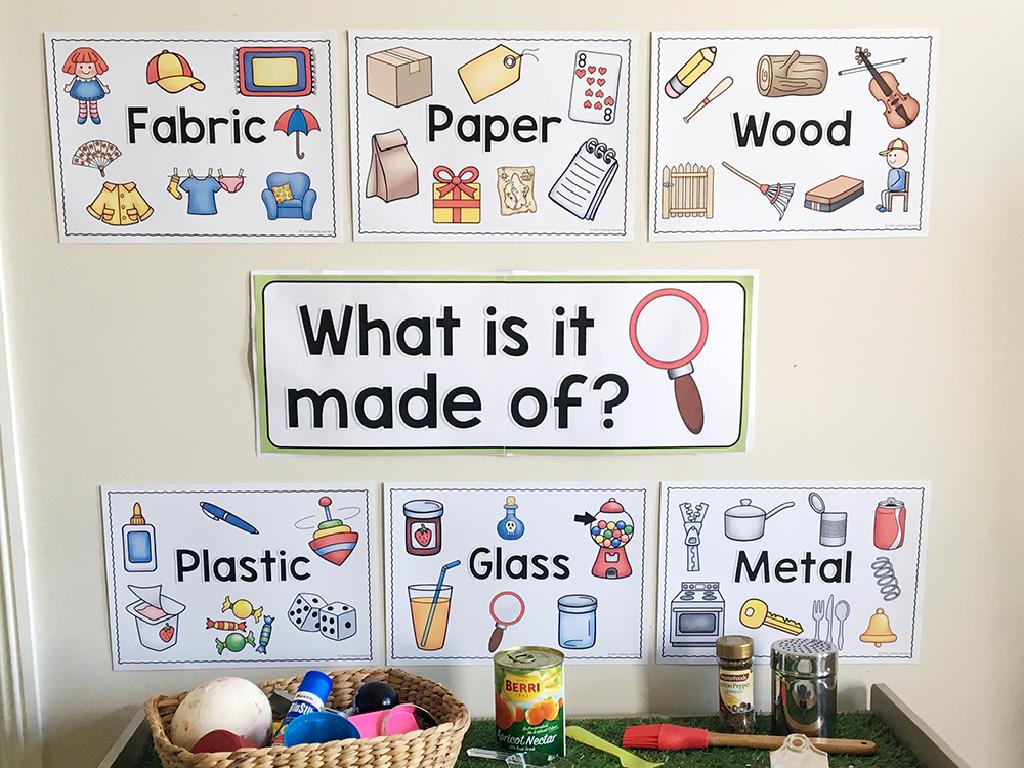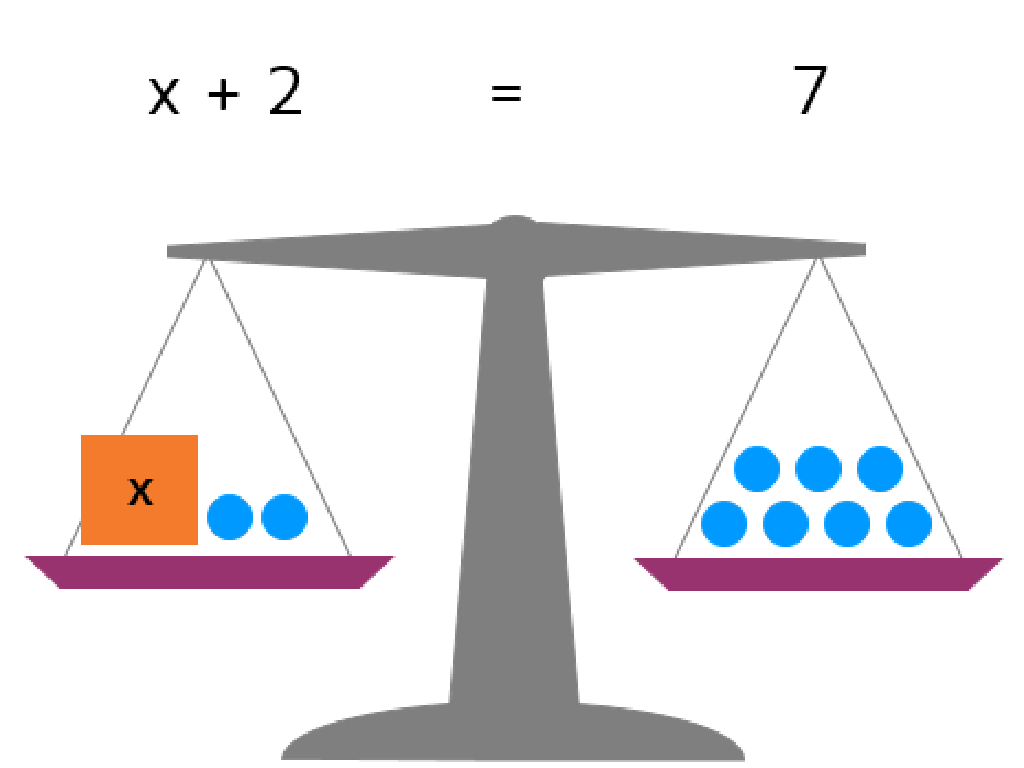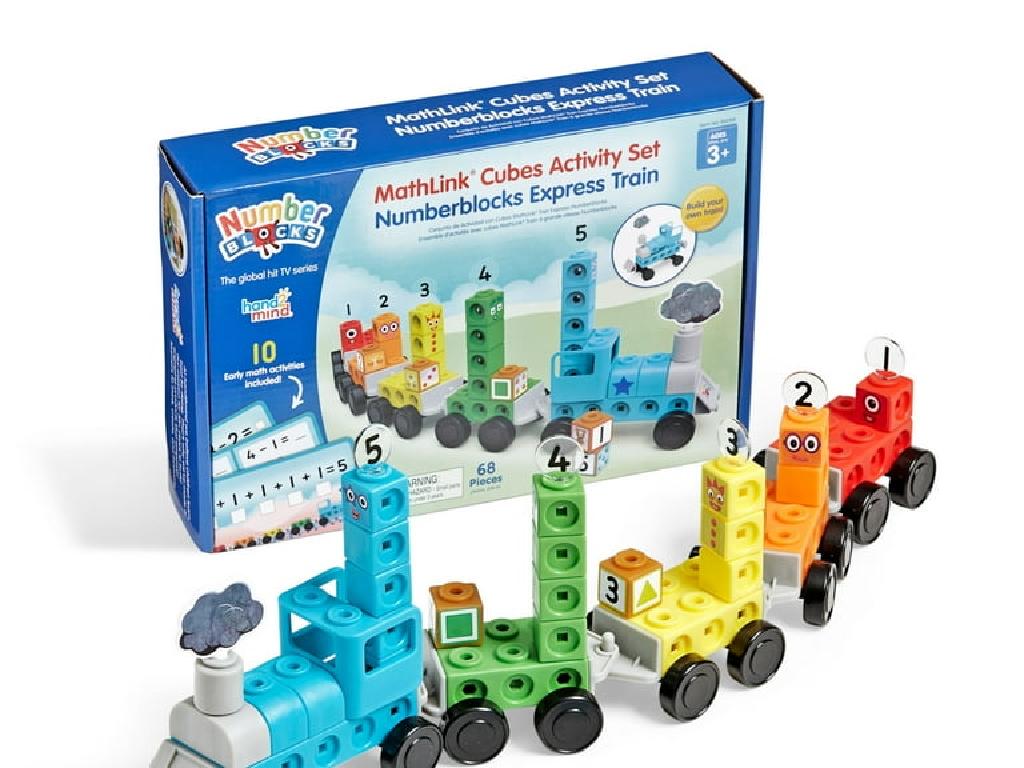Identify Supporting Details In Informational Texts
Subject: Language arts
Grade: Fifth grade
Topic: Summarizing
Please LOG IN to download the presentation. Access is available to registered users only.
View More Content
Introduction to Summarizing
– What summarizing means
– Summarizing is condensing text to main points
– The importance of summarizing
– Helps remember text & improves comprehension
– Identifying supporting details
– Find facts that back up the main idea
– Overview of today’s lesson
|
Begin the lesson by explaining that summarizing is the process of distilling the most important information from a text into a shorter version. Emphasize how summarizing can help students remember what they read and improve their overall comprehension. Discuss the importance of identifying supporting details, which are pieces of information that reinforce the main ideas. These details are crucial for understanding the text as a whole. Today’s lesson will focus on how to pick out these supporting details from informational texts, which will aid in creating effective summaries. Encourage students to think of summarizing as a way to tell a friend about a story using just the key points.
Understanding Main Idea in Texts
– What is the main idea?
– The most important point the author wants to make.
– Locating the main idea
– Often at the start of paragraphs, but can vary.
– Main idea isn’t always first
– Examining examples together
– We’ll review examples to identify main ideas.
|
The main idea is a crucial concept for students to grasp in order to effectively summarize and understand informational texts. It’s the central message or point that the author is trying to convey. While it is frequently located at the beginning of paragraphs, it can appear elsewhere, and students should be taught to look for it throughout the text. Use examples from texts that are relevant and age-appropriate for fifth graders. Encourage them to practice by finding the main idea in various paragraphs and texts. Discuss as a class to ensure comprehension and to address any misconceptions.
Understanding Supporting Details
– What are supporting details?
– Details that give more info about the main idea
– Their role in explaining the main idea
– Like reasons, descriptions, or examples that clarify
– They prove or enhance main points
– Facts or arguments that support the main idea
– Adding information for clarity
– They help us grasp the main idea more fully
|
This slide introduces the concept of supporting details in informational texts. It’s crucial for students to understand that supporting details are the pieces of information that flesh out the main idea of a text. They can be facts, reasons, descriptions, or any other elements that help to clarify, explain, or prove the main idea. Encourage students to look for these details as they read to better understand and summarize the text. Use examples from familiar texts to illustrate how supporting details function. In the next class, practice identifying the main idea and supporting details in various texts to reinforce this concept.
Types of Supporting Details in Texts
– Facts and Statistics
– Hard evidence, like ‘90% of forests are shrinking’
– Reasons as Support
– Justifications, e.g., ‘Recycling helps because it reduces waste’
– Using Examples
– Specific instances, such as ‘like polar bears in the Arctic’
– Descriptive Details
– Sensory or characteristic info, ‘The towering, green trees’
– Expert Opinions
– Quotes or thoughts from authorities in the field
|
This slide introduces students to the different types of supporting details they can find in informational texts. Facts and statistics provide concrete evidence to back up main ideas. Reasons offer justification and explain why something is the way it is. Examples help to illustrate and clarify points. Descriptions give the reader a more vivid understanding of the topic, and expert opinions lend credibility to the information presented. Encourage students to look for these details when reading to better understand and summarize the text. In the next class, we can practice identifying these types of details in sample texts.
Identifying Supporting Details
– Finding supporting details
– Look for details that back up or illustrate the main point
– Sentences that explain the main idea
– These are often facts, examples, or descriptions
– Practice with a sample paragraph
– We’ll identify supporting sentences together in class
|
This slide is aimed at teaching students how to identify supporting details within informational texts, which is a key component of summarizing and understanding the text’s main ideas. Start by explaining that supporting details are the pieces of information that flesh out the main idea of a text. They can be facts, statistics, anecdotes, or examples that help the reader to understand the topic more fully. During the practice activity, provide a sample paragraph and guide the students through the process of identifying the main idea and the supporting details. Encourage them to explain why each detail supports the main idea. This will help them to engage with the text actively and improve their comprehension skills.
Activity: Highlight the Details
– Read a short informational text
– Use highlighters on supporting details
– Look for facts, examples, or descriptions that explain the main idea
– Discuss highlights with a partner
– Explain why you chose those details
– Understand the role of supporting details
– This helps us see how details strengthen the main point
|
This interactive class activity is designed to help students practice identifying supporting details in informational texts, which is a key component of effective summarizing. Provide students with a short, engaging informational text appropriate for their reading level. Instruct them to use highlighters to mark sentences or phrases they believe are important for explaining the main idea of the text. After highlighting, students should pair up and discuss their choices, explaining their reasoning to each other. This peer interaction encourages critical thinking and justification of their choices. As a teacher, circulate the room to facilitate discussions, provide guidance, and ensure that students are on track. Conclude the activity with a class discussion about how supporting details help readers understand and remember the main ideas. This will reinforce the importance of reading comprehension skills.
Group Discussion: Uncovering Supporting Details
– Discuss supporting details in groups
– Share why details are important
– Consider the relevance to the main topic
– Explain how details support main idea
– Details act like puzzle pieces to complete the picture
– Reflect on the understanding process
|
This slide sets the stage for a collaborative group activity where students will discuss the supporting details they identified in their informational texts. Encourage students to think critically about why certain details stood out to them and how these details contribute to a deeper understanding of the main idea. Facilitate the discussion by prompting them to consider the importance of each detail in relation to the text’s overall message. This exercise aims to enhance their summarizing skills and comprehension by recognizing how supporting details bolster the main points. Provide guidance on how to effectively communicate their thoughts and listen to others. After the discussion, have each group share their insights with the class to foster a collaborative learning environment.
Crafting a Summary with Supporting Details
– Summarize using main ideas
– Identify the central theme or message
– Include key supporting details
– Choose details that reinforce the main idea
– Keep summaries brief
– Focus on main points only
|
When teaching students to create a summary, emphasize the importance of distilling the text down to its essential elements. A summary should include the main idea, which is the central theme or message of the text. Students should also identify key supporting details that illustrate or explain the main idea. Remind them that a summary is not a rewrite of the entire text but a concise version that includes only the main points. Encourage them to practice by summarizing a paragraph and then a full article, checking that their summary is brief and to the point. This exercise will enhance their comprehension skills and ability to discern important information in a text.
Class Activity: Summarize a Story
– Read the provided short story
– Find the main idea and details
– Look for key events and characters that support the main plot
– Write a summary in your words
– Keep it brief, focus on the core message of the story
– Share your summary with the class
|
This activity is designed to help students practice identifying the main idea and supporting details in a text, which are essential skills for summarizing. Provide a short story that is appropriate for fifth graders. After reading, guide the students to discuss the main idea and supporting details. Encourage them to write a summary that includes the main idea and key details in their own words. This exercise will help them learn to distill information and improve their comprehension skills. Possible activities: 1) Pair students to discuss the main idea. 2) Have students list supporting details on the board. 3) Write individual summaries. 4) Share summaries in small groups to compare different perspectives.
Review and Reflection: Supporting Details
– Recap on supporting details
– We learned that supporting details bolster main ideas in a text.
– Importance in summarizing
– Identifying these details helps us extract the essence of texts.
– Personal lesson takeaway
– Think of one key insight or skill you’ve gained.
– Class sharing session
– Share your takeaway with the class to learn from each other.
|
This slide aims to consolidate the day’s learning by reflecting on the importance of supporting details in informational texts. Encourage students to think about how identifying supporting details can aid in summarizing a text effectively, ensuring they grasp the main points without extraneous information. Ask them to consider how this skill can be applied in their academic journey and beyond. The sharing session at the end will allow students to articulate their understanding and learn from their peers’ insights, fostering a collaborative learning environment.






